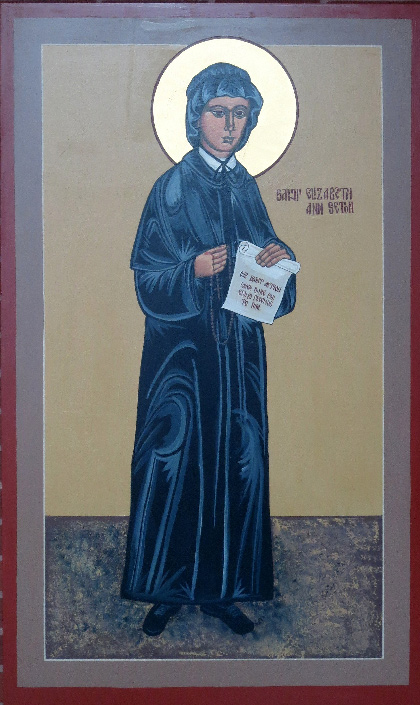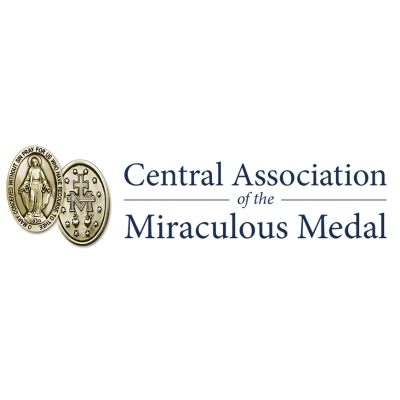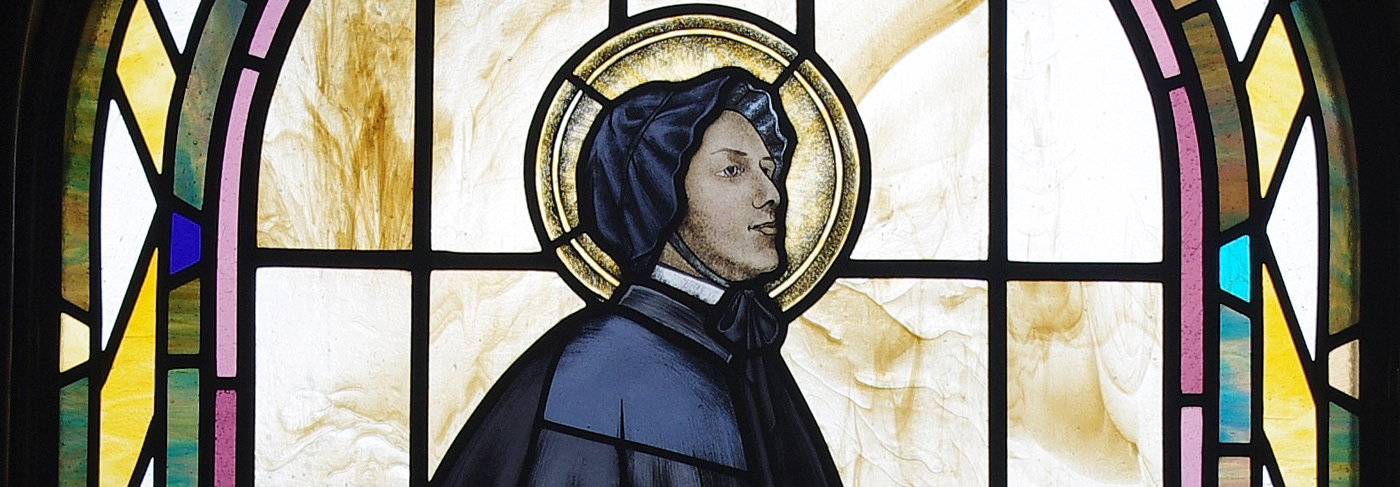Name that Saint: Elizabeth Ann Seton
Name that Saint: Elizabeth Ann Seton
 Born in New York City on August 28, 1774, Elizabeth Ann Bayley was one of three daughters born to Richard Bayley and Catherine Charlton Bayley, both of whom were devout Episcopalians. Her father was a doctor and worked as a Chief Medical Officer on Staten Island, examining immigrants for contagious diseases and managing quarantines.
Born in New York City on August 28, 1774, Elizabeth Ann Bayley was one of three daughters born to Richard Bayley and Catherine Charlton Bayley, both of whom were devout Episcopalians. Her father was a doctor and worked as a Chief Medical Officer on Staten Island, examining immigrants for contagious diseases and managing quarantines.
When she was three years old, Elizabeth’s mother died, and after her father’s mourning, he remarried. A year later, her two-year-old sister, Catherine, died. Elizabeth later described this period as “very miserable;” she longed for heaven so she could be with her sister and mother. Other losses and separations plagued her childhood, bringing loneliness and introspection—but also a turning to God and scripture for help and comfort.
At 19, she married William Magee Seton, whose father owned an import-export company. By all accounts, they were well suited and enjoyed a happy marriage. Within seven years, they had five children: Anna Maria, William, Richard, Catherine Josephine, and Rebecca.
However, the family was soon hit by back-to-back tragedies. Elizabeth’s father-in-law died after a fall, so William inherited the family business and the responsibility of raising his seven younger siblings. But the Napoleonic wars and bad investments brought the business to a collapse. Through the strain of trying to save it, William’s health suffered, and he was diagnosed with tuberculosis. Then, while caring for poor immigrants during a yellow-fever epidemic, Elizabeth’s father contracted and succumbed to the disease.
William’s doctor strongly encouraged him to go to a warmer climate hoping his health would improve, so Elizabeth and William sold their remaining possessions to stay with family friends in Laverno, Italy. However, news of the Yellow Fever epidemic reached Italy before they arrived, and once their boat docked, they were quarantined in a lazaretto, a dank, cold, stone building consisting of bare brick floors and a single window with cracks allowing cold air to penetrate. Their friends, the Filicchi family, discovered their plight and sent food, warm blankets, and mattresses, and after 25 days the Setons were permitted to leave. Elizabeth feared her husband wouldn’t survive the 15-mile trip to Pisa; he lived through the ordeal but died in her arms nine days later.
Elizabeth was only 29 years old, had lost everything, and was faced with raising her own children and her husband’s younger siblings.
While waiting for her voyage home, she stayed with the Filicchis and visited many Catholic Churches with them. Elizabeth was struck by how they lived their faith, and just as important, she was deeply moved by their belief in the Real Presence of Christ in the Eucharist. In a letter to her sister-in-law, she wrote, “I fell on my knees without thinking when the Blessed Sacrament passed by, and cried in an agony to God to bless me if he was there.” Her heart and mind were touched, and her journey to the Catholic faith had begun.
After returning to New York, her family and friends strongly opposed her attraction to Catholicism, even threatening to disown her should she convert. But she became further convinced of the Church’s claims and developed a devotion to our Blessed Mother. Writing back to the Filicchis, she said that she was imploring Mary “with the confidence and tenderness of [a] child, to pity us and guide us to the true faith, if we are not in it. … I kiss her picture you gave me and beg her to be a mother to us.” She joined the Catholic Church in March 1805 and was confirmed in 1806, choosing Mary as her confirmation name.
To support her family, Elizabeth opened a boarding school where she tutored students, but when their parents discovered that she was Catholic, they took their children out of the school. Then her fifteen-year-old sister-in-law, Cecilia, joined the Church, and the family’s anger and threats only increased. Through it all, she remained peaceful.
In 1808, Elizabeth was invited to Baltimore to open a school for girls, and in 1809, a permanent location was designated in Emmitsburg, Maryland. Elizabeth, Cecilia, and a small group of women started the first active community of sisters—and the first free Catholic school—on American soil. While they were building their convent, their living standards were just a few steps above the lazaretto: they had mattresses on the bare floor, the roof leaked, and they subsisted on vegetables, “carrot coffee,” and occasionally, salt pork. In 1810, the sisters adopted the Rule of the Daughters of Charity in France (founded by St. Vincent de Paul and St. Louise de Marillac) and in 1814, the community opened an orphanage in Philadelphia.
By 1816, two of her daughters, Anna Maria and Rebecca, died from tuberculosis. On January 4, 1821, Elizabeth died from the disease, as well. She was 46 years old.
Elizabeth Ann Seton was a woman who knew abundance and poverty. In her prosperity, she enjoyed a beautiful home, a loving marriage, and the acquaintance of people like George Washington and Alexander Hamilton. In her hardships, she suffered bankruptcy, the loss of her home and possessions, the death of family members, a tragic quarantine, the difficulty of raising a family alone and destitute, and the pain of being ostracized for her faith. Yet, she endured her trials in hope, constantly loving God and seeking His will. She spent her life taking care of her family and serving the poor quietly without fanfare.
On September 14, 1975, Pope Paul VI canonized Elizabeth Ann Bayley Seton. She is the first American-born saint and is the patron of Catholic schools; seafarers; widows; Shreveport, Louisiana; and the state of Maryland. Her Feast day is January 4; this year commemorates the 200th anniversary of her death.
Get InSPIREd!
Sign up below and receive our monthly inspirational Newsletter dedicated to Mary!


